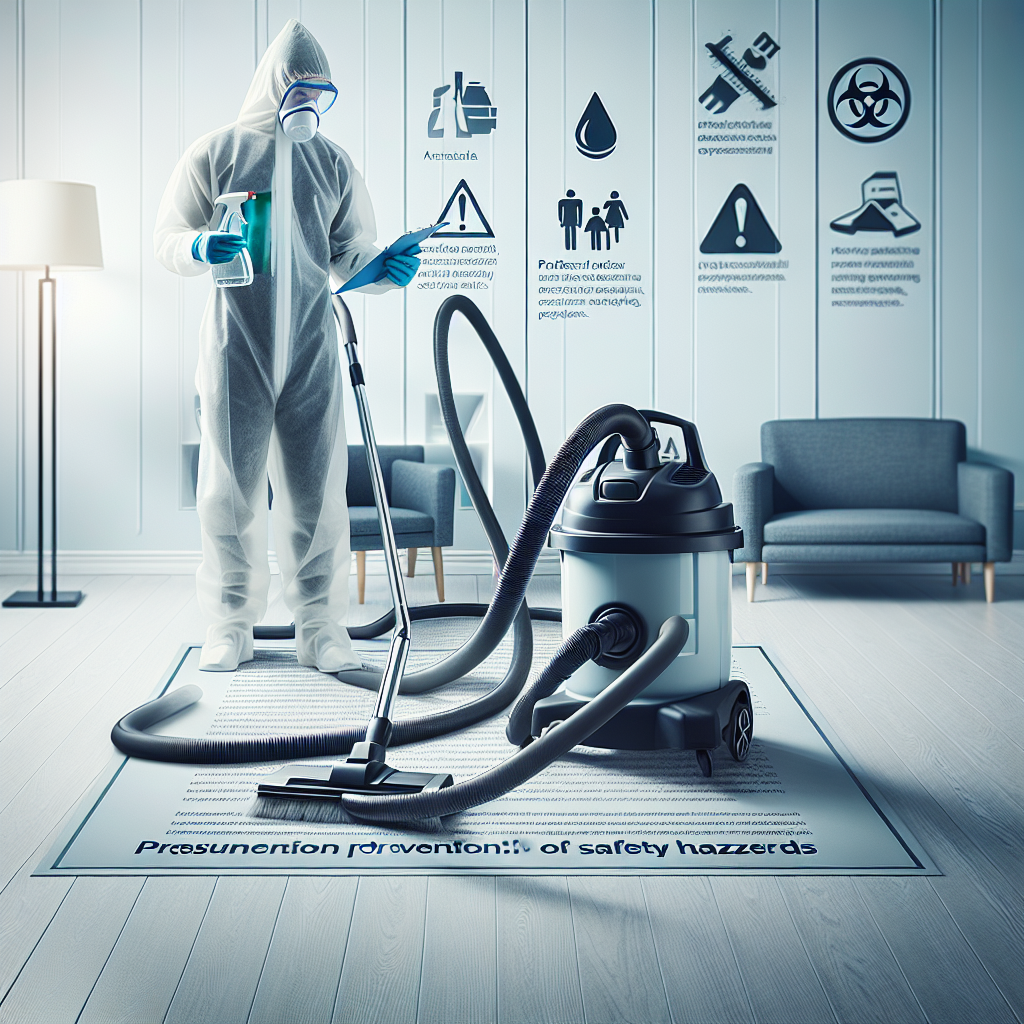Understanding Safety Hazards in Healthcare Facilities
Healthcare facilities present unique challenges when it comes to safety hazards. These environments require meticulous attention to detail and a thorough understanding of potential risks. Some common safety hazards in healthcare settings include:
- Slip and fall accidents due to wet floors or clutter
- Exposure to hazardous chemicals
- Improper lifting techniques leading to musculoskeletal injuries
- Biological hazards such as bloodborne pathogens
Importance of Training and Education
Training and education are foundational pillars in preventing safety hazards. Equip your team with the knowledge and skills necessary to identify, assess, and mitigate risks effectively. Regular training sessions should cover topics such as:
- Proper handling and storage of cleaning chemicals
- Correct use of personal protective equipment (PPE)
- Safe lifting techniques to prevent injuries
Implementing Safety Protocols and Procedures
Establishing clear safety protocols and procedures is essential for maintaining a safe work environment. Develop comprehensive guidelines that address various safety aspects, including:
- Emergency response procedures in case of spills or accidents
- Proper disposal of biohazardous waste
- Routine equipment maintenance to prevent malfunctions
Utilizing Proper Tools and Equipment
The use of appropriate tools and equipment can significantly reduce safety hazards in the workplace. Invest in high-quality cleaning tools that are ergonomic and efficient. Some essential tools to consider include:
- Mop buckets with wringers to prevent excess water on floors
- Microfiber cloths for effective dust and dirt removal
- Powered floor scrubbers for large surface areas
Regular Inspections and Audits
Conducting regular inspections and audits is crucial in identifying potential safety hazards before they escalate. Schedule routine inspections to evaluate the cleanliness and safety of the facility. During inspections, pay attention to:
- Condition of floors, walls, and ceilings
- Functionality of safety equipment such as fire extinguishers
- Proper storage of cleaning chemicals
Encouraging Open Communication
Foster a culture of open communication within your team to address safety concerns promptly. Encourage employees to report any potential hazards they encounter during their cleaning tasks. Establishing an open-door policy can empower team members to raise safety issues without hesitation.
Effective communication is the cornerstone of a safe and productive work environment.Continuous Improvement and Feedback
Embrace a mindset of continuous improvement by seeking feedback from your team and clients regarding safety protocols. Regularly evaluate the effectiveness of your safety measures and make adjustments based on feedback and industry best practices. Encourage a culture of learning and growth within your cleaning team.



